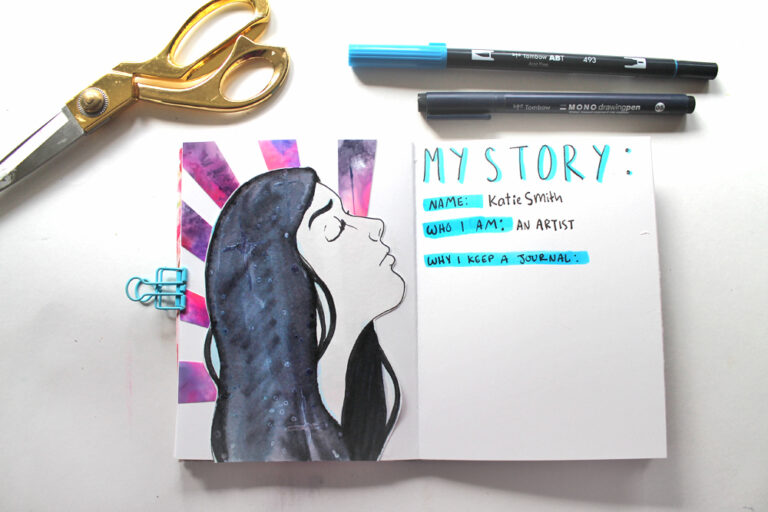The oliphant, also known as the olifan or elefant, is a mythical creature that has been featured in various forms of literature throughout history. This mighty beast has captured the imagination of many and has been depicted in different ways, from being a symbol of strength and power to a representation of chivalry and nobility. In this blog post, we will delve into the origins and representations of the oliphant in Anglo-Saxon and medieval literature, its significance in popular works such as the Bayeux Tapestry and the Song of Roland, and its enduring presence in modern culture.
The Oliphant in the Anglo-Saxon World

The term “oliphant” is derived from the Old English word “elephant,” which was used to describe any large, exotic animal. In Anglo-Saxon literature, the oliphant was often depicted as a fierce, monstrous creature with immense strength and size. It was also associated with wisdom and intelligence, as elephants were viewed as intelligent animals in the natural world.
In the epic poem Beowulf, the oliphant is mentioned in several passages as one of the creatures that inhabit the depths of the ocean. It is described as a powerful sea-monster that possesses great strength and ferocity, making it a formidable opponent for the hero Beowulf. This depiction of the oliphant as a terrifying sea-creature adds to the sense of danger and adventure in the poem.
The Oliphant in Medieval Literature

As Christianity spread throughout Europe in the Middle Ages, the oliphant took on a more symbolic meaning in literature. It became associated with themes of bravery, loyalty, and chivalry, and was often used as a metaphor for the qualities of a knight. In Arthurian legends, the oliphant is said to be a creature of great strength and wisdom, serving as a loyal companion to King Arthur and his knights.
One of the most famous portrayals of the oliphant in medieval literature is in the French epic poem “The Song of Roland.” The poem narrates the battle between Charlemagne’s army and the Muslim Saracens, with the hero Roland blowing his oliphant to call for reinforcements. This act of bravery and loyalty has made the oliphant a symbol of chivalry and nobility in medieval literature.
The Oliphant in the Bayeux Tapestry

The Bayeux Tapestry, a 70-meter-long embroidered cloth that depicts the events leading up to the Norman conquest of England, also features an oliphant. In one of the panels, a mounted knight is shown holding an oliphant while riding into battle. This scene is believed to represent the Battle of Hastings, where William, Duke of Normandy, defeated Harold Godwinson to claim the English throne.
The presence of the oliphant in the Bayeux Tapestry serves as a reminder of the importance of chivalric values in Medieval Europe. It also showcases the use of the oliphant as a symbol of authority and power, highlighting its significance in both literary and historical contexts.
The Oliphant in the Chanson de Geste
The oliphant is a recurring motif in the chansons de geste, a genre of medieval French literature that focused on heroic deeds and chivalry. These epic poems often featured famous knights and their battles against enemies, with the oliphant playing a significant role in many of these stories.
In the chanson de geste “Raoul de Cambrai,” the hero Raoul is depicted blowing his oliphant to rally his troops after being betrayed by his stepfather. This act of courage and determination ultimately leads to victory for Raoul, solidifying the oliphant’s association with bravery and heroism in medieval literature.
The Oliphant in the Matter of France
The Matter of France is a body of literature that centers on the legends and tales of Charlemagne and his knights. The oliphant is prominently featured in this literary cycle, often symbolizing the strength and loyalty of Charlemagne’s warriors.
https://socialnewstime.com/One such example is in “The Song of Roland,” where the hero Roland blows his oliphant to summon aid from Charlemagne after being betrayed by his stepfather and surrounded by enemies. This act is seen as a display of courage and loyalty to one’s leader, cementing the oliphant‘s significance in the Matter of France.
The Oliphant in the Arthurian Legends
In the Arthurian legends, the oliphant is depicted as a magical creature with the ability to transport people to faraway lands. In one of the stories, a knight named Sir Gawain is given an oliphant by a fairy queen, which he then uses to travel to her kingdom and complete a quest for her.
This portrayal of the oliphant as a fantastical creature further adds to its mythical qualities, positioning it as a symbol of magic and adventure in the Arthurian legends.
The Oliphant in the Tristan and Iseult Story
The famous tale of Tristan and Iseult also features an oliphant, albeit in a different form. In this story, the oliphant is a horn that is given to Tristan by his uncle, King Mark. The horn has magical powers, and when blown, it can summon Tristan’s lover Iseult to his side, even from a great distance.
This use of the oliphant as a symbol of love and companionship is in stark contrast to its depiction in other works of literature. It showcases the versatility of the oliphant as a literary device, with its meaning and representation changing depending on the context in which it is used.
The Oliphant in Modern Culture
The oliphant may have originated in ancient literature, but its influence can still be seen in modern-day popular culture. It has been featured in various forms, from fantasy novels to video games, further cementing its place in the collective imagination.
One notable example is J.R.R Tolkien’s “The Lord of the Rings” trilogy, where the giant, elephant-like creatures known as “mûmakil” are based on the oliphant. These creatures serve as mounts for the enemies of the protagonists and add to the epic scope of the story.
In the world of gaming, the oliphant has made appearances in popular franchises such as “Assassin’s Creed” and “World of Warcraft,” where it is depicted as a powerful and fearsome creature that players must defeat.
Conclusion
Throughout history, the oliphant has served as a symbol of strength, power, and chivalry in literature. From its origins in Anglo-Saxon tales to its various representations in medieval works, this mythical creature has captured the imagination of many and has become an integral part of popular culture. Its enduring presence in modern media only goes to show the lasting impact of the oliphant in literature, making it a truly legendary creature that continues to fascinate and inspire us to this day.
Read more blogs : Introduction to Jurnal

















+ There are no comments
Add yours